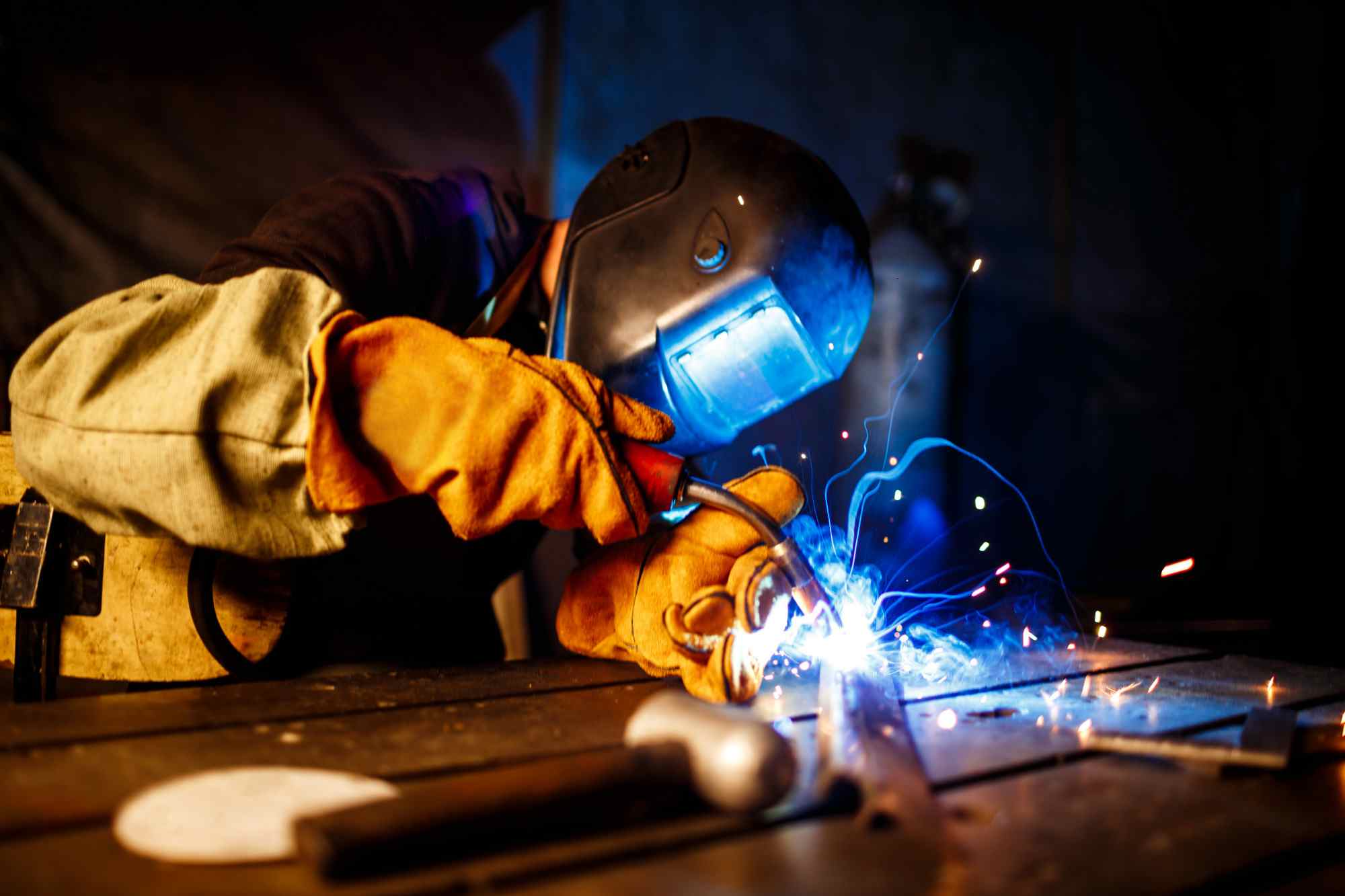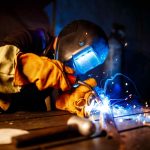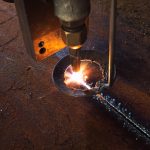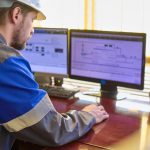Temperature is a key factor in any welding process. Poor thermal control can lead to joint defects, affect material strength, and compromise final quality. Understanding how thermal factors influence welding helps optimize the process and prevent issues.
The importance of temperature in welding
Heat is the main element that enables the fusion and joining of materials. Its proper application determines the quality and durability of the weld.
Excessive temperature can weaken the metal structure, while insufficient heat leads to weak or incomplete joints.
Thermal factors that influence welding
The behavior of metal during welding depends on various thermal variables that directly affect the final result:
- Arc or heat source temperature: determines the material’s fusion capacity and weld penetration.
- Thermal conductivity of the metal: materials like aluminum dissipate heat quickly, requiring adjustments in welding temperature.
- Heat-affected zone (HAZ): the area adjacent to the weld undergoes structural changes that may alter its mechanical properties.
- Preheating: in some cases, it’s necessary to heat the metal before welding to reduce stress and prevent cracking.
- Cooling: inadequate cooling speed can cause brittleness or distortions in the part.
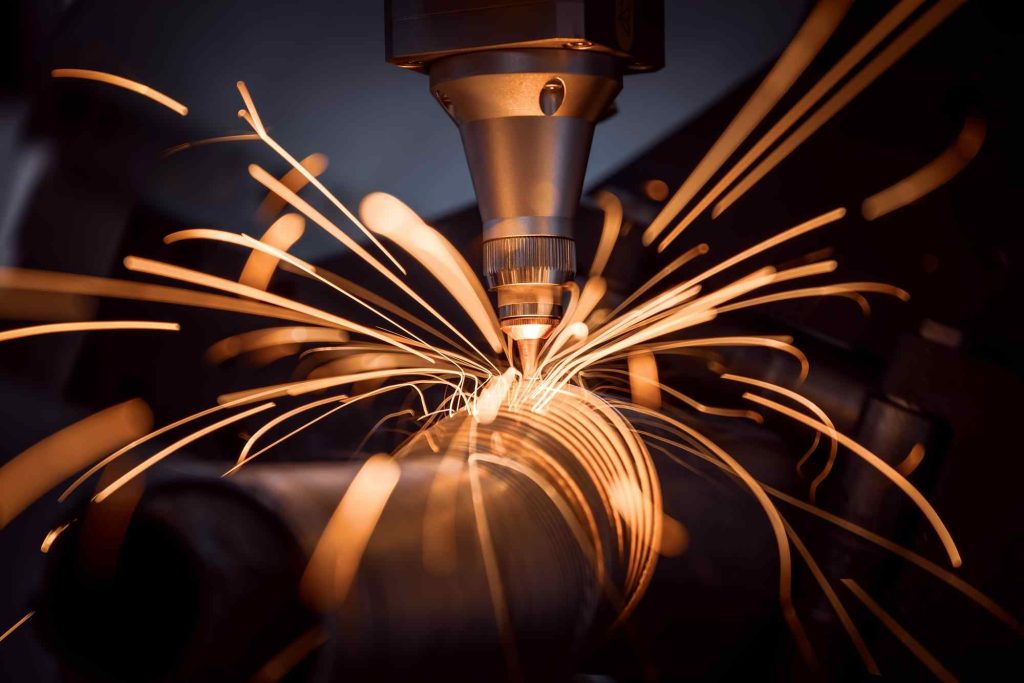
Effects of temperature on welding
The impact of heat on welding varies according to the applied temperature and the type of material. Here are some of the most common effects:
Expansion and contraction of the metal
Temperature increase causes expansion, while cooling leads to contraction. These variations may generate residual stresses, deformations, or even cracks in the weld.
Modification of material structure
Excessive heat can alter the metal’s microstructure, affecting its hardness and strength. In some cases, the weld can become too brittle or lose its original mechanical properties.
Welding defects
Poorly controlled temperature can cause defects such as porosity, cracks, or lack of penetration. These issues compromise the joint’s integrity and reduce the lifespan of the welded component.
Thermal control in welding
To avoid defects and ensure joint quality, proper thermal control is essential. Some methods to achieve this include:
Adjusting welding parameters
It’s necessary to regulate the current intensity, travel speed, and arc temperature to achieve optimal fusion without affecting the material’s structure.
Use of preheating techniques
Preheating minimizes thermal shock, reduces crack formation, and improves weld quality in materials highly sensitive to temperature changes.
Cooling rate control
Cooling too quickly can lead to brittle welds. In some cases, thermal blankets or post-weld heat treatments are used to control the process.
Thermal inspection
Monitoring temperature with thermography or thermal sensors helps detect irregularities in the process and adjust parameters in real time.
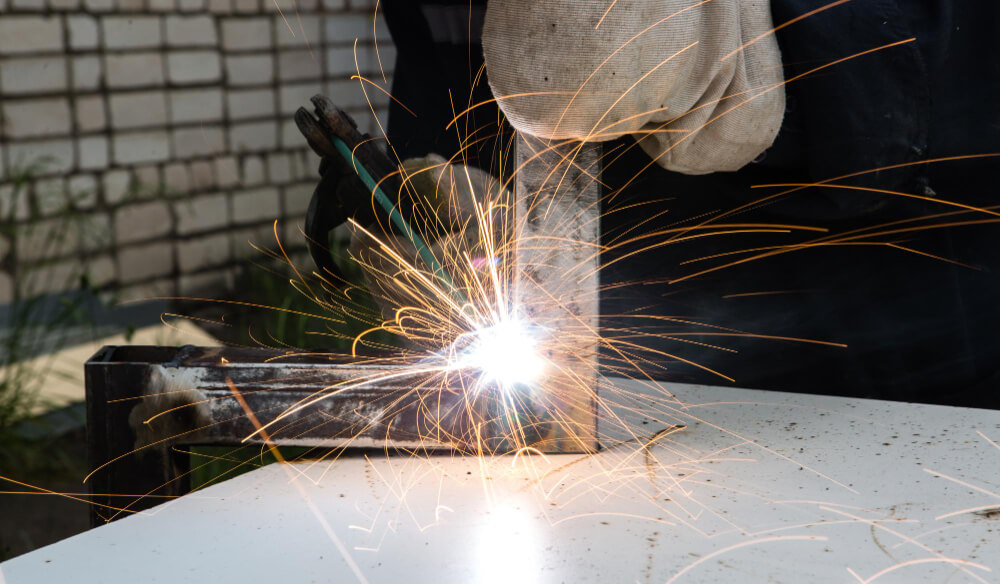
Temperature in welding is a determining factor in process quality. Proper thermal control helps avoid defects, minimize distortions, and improve joint strength. Implementing monitoring and temperature adjustment strategies is key to optimizing results and ensuring safe, long-lasting welds.

